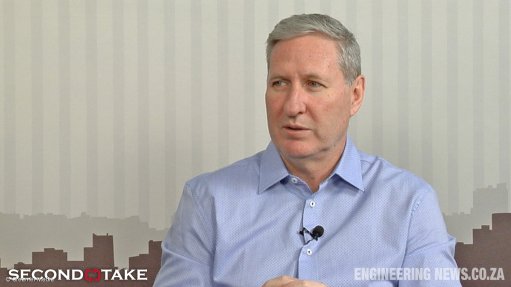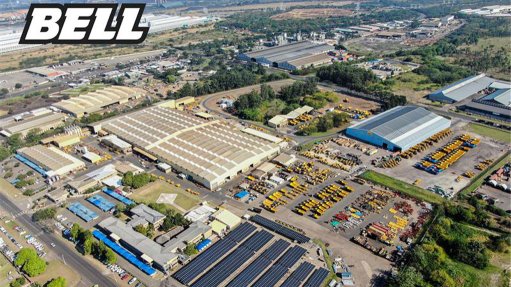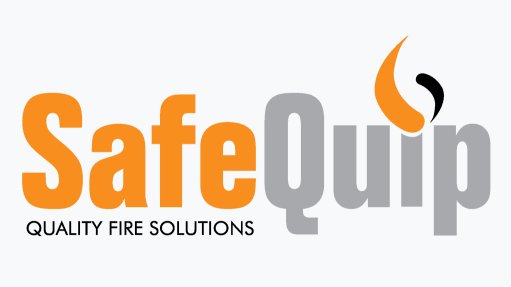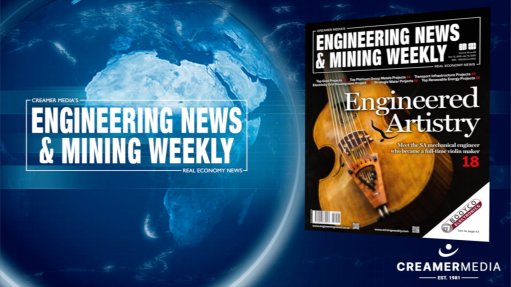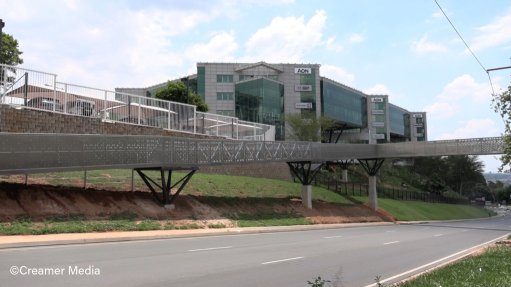AI and the smart factory
This article has been supplied.
By: Johan Potgieter - Cluster Industrial Software Lead at Schneider Electric
Imagine walking into a factory where machines can think ahead, predict problems before it happens, and automatically make adjustments to realise peak performance. This isn’t science fiction; it’s happening right now as AI continues transforms how we run industrial operations.
But as we all – who have been on this journey - know not all AI is created equal. Today’s factories mainly rely on narrow AI, thus systems designed to perform specific tasks such as detecting product defects or predicting equipment failures.
The next step would be general AI that will allow machines to apply knowledge across different areas, more like a human operator. Further down the line lies artificial superintelligence, where machines outperform humans in every respect, still distant and even a bit dauting but part of the conversation about industrial futures.
Put into practice; we need to look at the levels of AI containment and its expected evolution with industrial operators:
- Level 1 – Monitored systems – therefore human operators approve every decision.
- Level 2 – Semi-Autonomous Systems: AI manages routine tasks, flagging complex issues for humans.
- Level 3 – Autonomous Systems: AI controls entire processes with minimal oversight.
- Level 4 – Networked Intelligence: Systems across facilities coordinate and share learning.
- Level 5 – Unrestricted AI: A theoretical stage where AI continuously redesigns itself—raising governance and safety questions.
The engine behind the growth
Machine learning (ML) is the engine behind this transformation, with applications in three broad areas:
• Supervised learning – predicting process behaviour. Classification algorithms spot abnormal conditions, regression models forecast values such as temperature or pressure, and time-series models anticipate demand or equipment wear.
• Unsupervised learning – finding hidden patterns. Clustering reveals operational modes, anomaly detection flags subtle faults, and dimensionality reduction identifies key performance drivers.
• Reinforcement learning – the frontier of adaptive control. These algorithms learn optimal strategies through trial and error, balancing competing goals like energy efficiency, throughput, and product quality.
Smarter control systems and predictive maintenance
Unlike rigid rule-based controllers, AI-enabled systems evolve with experience. For example, Google cut data centre cooling costs by 40% using AI-driven optimisation. Key technologies include:
• Neural network controllers which handle non-linear processes by learning input-output relationships.
• Fuzzy logic with ML which are self-adjusting rules based on real-time performance.
• Adaptive predictive control that continuously updates models as conditions or equipment change.
Arguably the most visible industrial AI success is predictive maintenance. By spotting small changes before they escalate, downtime is minimised. Techniques include:
• Vibration Analysis – detects wear, imbalance, or misalignment.
• Thermal Imaging – identifies overheating components.
• Oil Analysis – spots contamination or early-stage degradation.
• Acoustic Monitoring – Picks up subtle sound changes linked to faults.
Hurdles and the way forward
It also goes without saying, that whist AI continues to transform industrial operations, its rise is not without significant challenges. One of the most persistent hurdles is data quality. Industrial AI systems rely heavily on sensor inputs, and poor calibration, noise, or missing data can severely undermine model accuracy and reliability.
Equally critical is explainability, operators and engineers must be able to trust and understand the decisions made by AI systems, especially in high-stakes environments. Without transparency, adoption stalls and human oversight becomes compromised. To that end, security also remains a major consideration; as systems become more autonomous, they present expanded attack surfaces, making robust cybersecurity protocols essential to prevent breaches or sabotage.
Then there’s the issue of integration, blending multiple AI tools, legacy systems, and operational workflows without disrupting production is a complex and delicate task, often requiring bespoke solutions and cross-disciplinary coordination.
Looking ahead, however, several emerging innovations promise to extend AI’s industrial impact. Quantum-enhanced optimisation could unlock solutions to problems that are currently computationally intractable like real-time supply chain reconfiguration or molecular design.
Furthermore, neuromorphic chips, inspired by the architecture of the human brain, offer energy-efficient processing for edge AI applications, enabling smarter, faster decision-making directly on devices.
Also, swarm intelligence introduces a paradigm where multiple AI agents coordinate like ant colonies, offering resilience and adaptability in distributed systems such as logistics or autonomous fleets.
Finally, cross-domain learning allows insights gained in one sector—say, predictive maintenance in aviation—to be transferred and adapted to another, such as mining or manufacturing, fostering a more agile and interconnected industrial ecosystem.
Article Enquiry
Email Article
Save Article
Feedback
To advertise email advertising@creamermedia.co.za or click here
Comments
Press Office
Announcements
What's On
Subscribe to improve your user experience...
Option 1 (equivalent of R125 a month):
Receive a weekly copy of Creamer Media's Engineering News & Mining Weekly magazine
(print copy for those in South Africa and e-magazine for those outside of South Africa)
Receive daily email newsletters
Access to full search results
Access archive of magazine back copies
Access to Projects in Progress
Access to ONE Research Report of your choice in PDF format
Option 2 (equivalent of R375 a month):
All benefits from Option 1
PLUS
Access to Creamer Media's Research Channel Africa for ALL Research Reports, in PDF format, on various industrial and mining sectors
including Electricity; Water; Energy Transition; Hydrogen; Roads, Rail and Ports; Coal; Gold; Platinum; Battery Metals; etc.
Already a subscriber?
Forgotten your password?
Receive weekly copy of Creamer Media's Engineering News & Mining Weekly magazine (print copy for those in South Africa and e-magazine for those outside of South Africa)
➕
Recieve daily email newsletters
➕
Access to full search results
➕
Access archive of magazine back copies
➕
Access to Projects in Progress
➕
Access to ONE Research Report of your choice in PDF format
RESEARCH CHANNEL AFRICA
R4500 (equivalent of R375 a month)
SUBSCRIBEAll benefits from Option 1
➕
Access to Creamer Media's Research Channel Africa for ALL Research Reports on various industrial and mining sectors, in PDF format, including on:
Electricity
➕
Water
➕
Energy Transition
➕
Hydrogen
➕
Roads, Rail and Ports
➕
Coal
➕
Gold
➕
Platinum
➕
Battery Metals
➕
etc.
Receive all benefits from Option 1 or Option 2 delivered to numerous people at your company
➕
Multiple User names and Passwords for simultaneous log-ins
➕
Intranet integration access to all in your organisation










